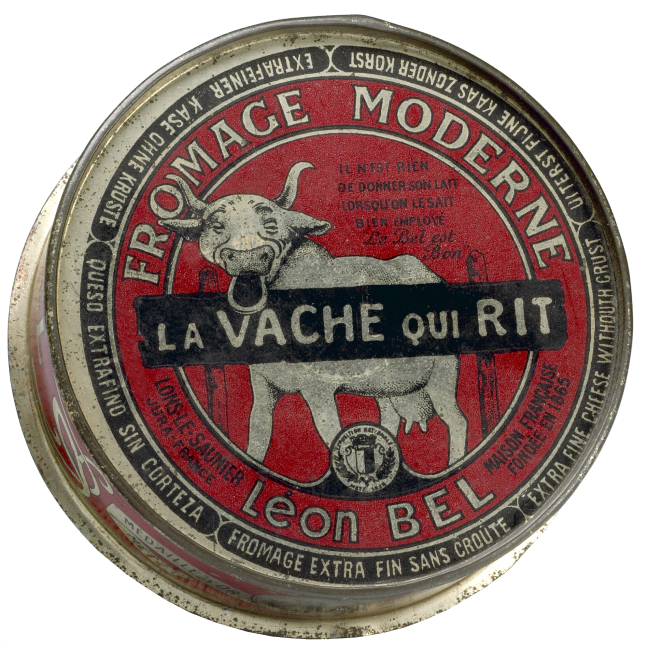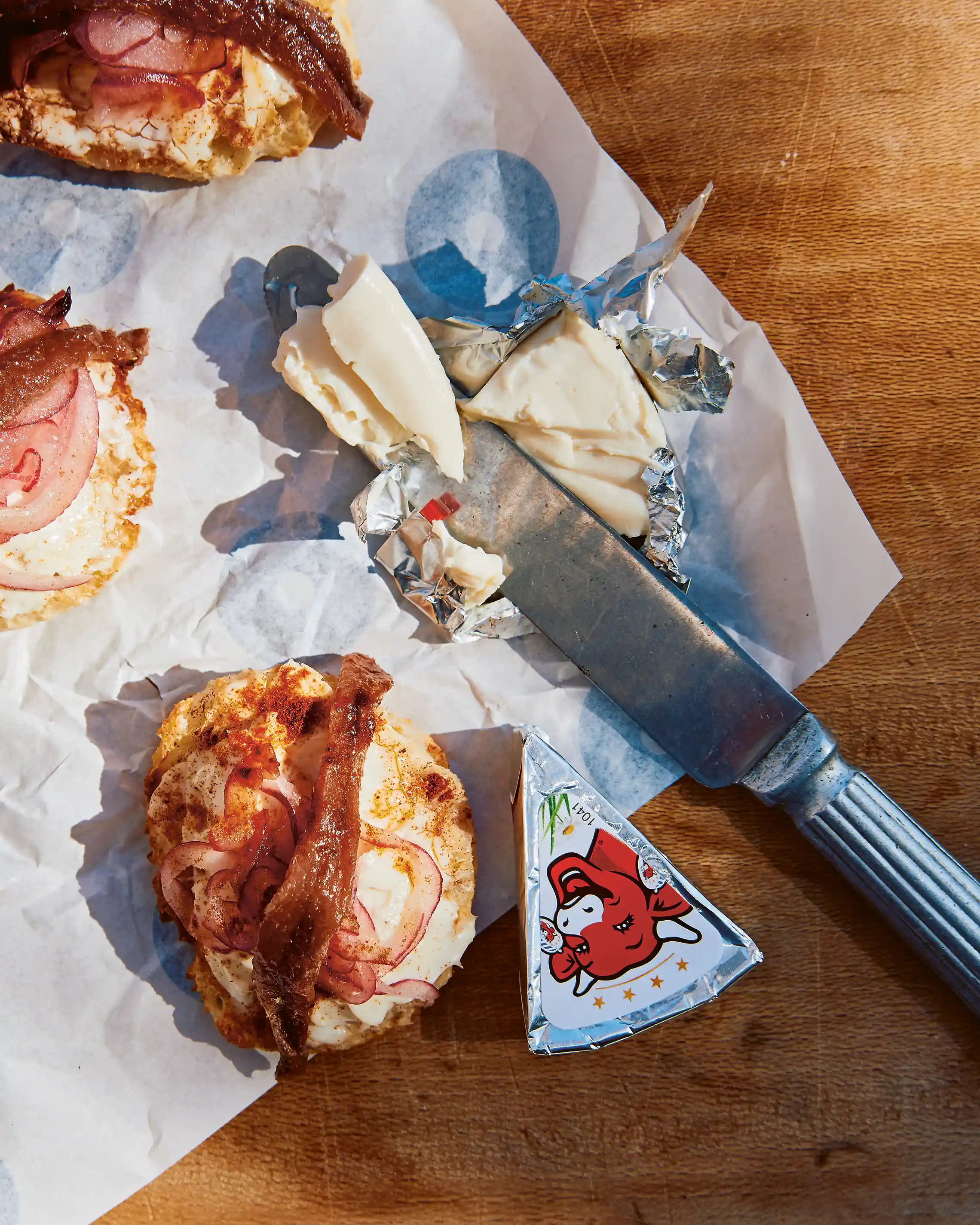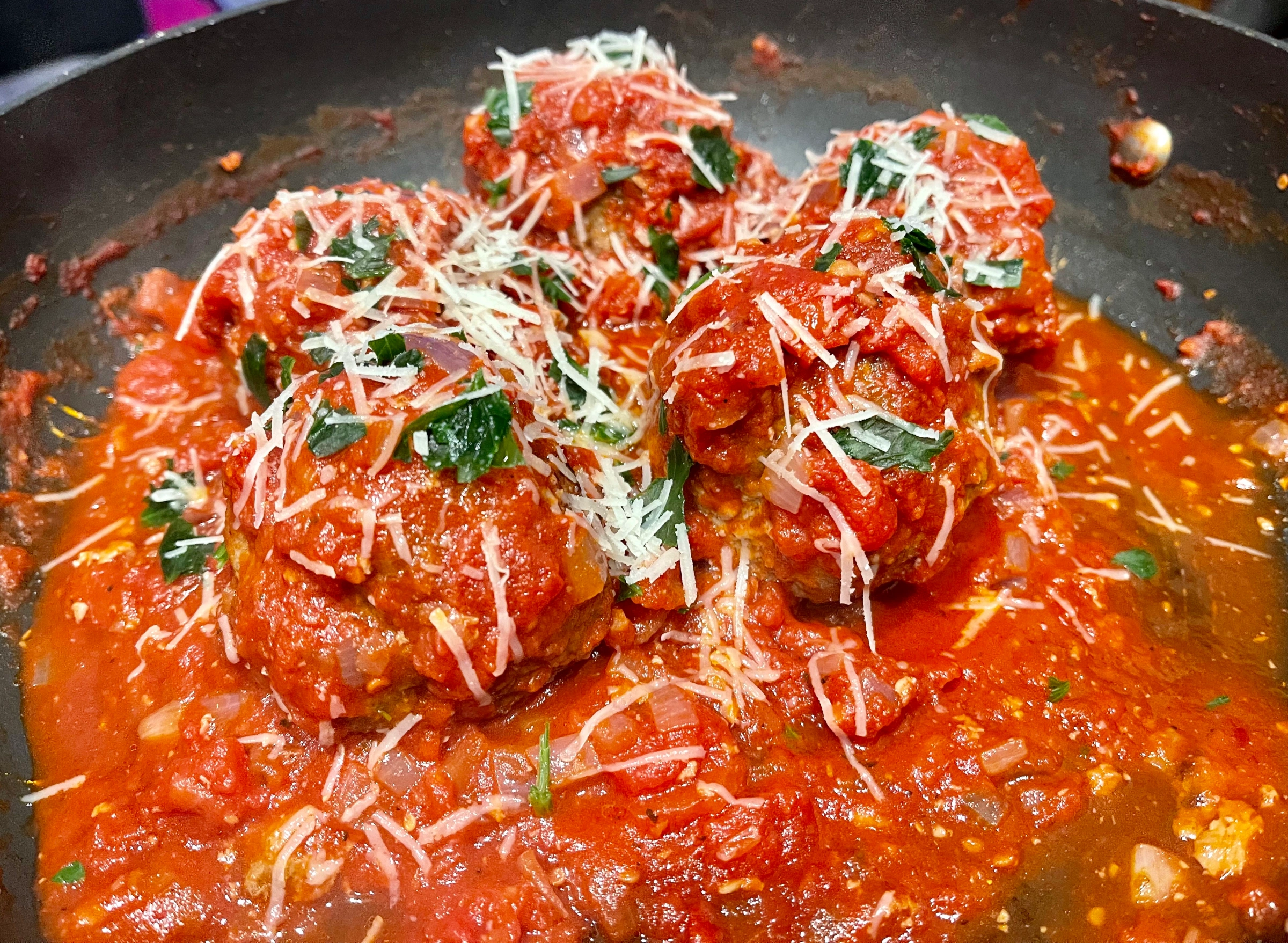The laughing cow has the last laugh
- rosemary
- Mar 25, 2024
- 5 min read
"The peeling of a Dairylea triangle and its taste transport me back to my childhood à la recherche du triangle perdu." Simon Majumdar

Substitute The Laughing Cow or indeed La Vache qui rit for Dairylea, and I am absolutely in agreement with Mr. Majumdar, who, I think, is a British chef.
I am now not absolutely sure, but I think I first encountered it in France, although I may be wrong about that, because I mostly remember the rounds of Camembert and the wedges of Gruyère in my French exchange homes. So maybe it was at home in England. Did they call it The Laughing Cow or did they keep the French name back then? Because I certainly remember the French name.
Wherever it was, I really, really liked those little wedges. As Wikipedia says:
"Consumers have to pull a little red thread around the box to open it and the foil packaging also features a red tab for opening."
Somehow or other that was such a satisfying thing to do. The red thread, tore itself around the box in a most pleasing way, and the pulling the red tab on each individual wedge, very neatly tore off the picture bit. It was such a childish pleasure to do that you were never going to be disappointed by the taste. I certainly loved the taste and confess that every once in a while - separated by long periods of time - years I think since my last one - I buy a box and indulge. I think we may have had them in lunchboxes - we had a school lunch most of the time, but for a brief period at my second primary school we took our own lunch because the school lunches were so awful.
Many people of course abhor it. After all it is an artificial product so therefore not attractive to food snobs. Oliver Thring in The Guardian was the rudest:
"Laughing Cow smells alarmingly of nothing. On the tongue, it's clammy and cold, chilled snot whiffing of silage." Oliver Thring - The Guardian
and I do remember the French wife of one of our university friends saying with great disdain that it's not cheese. But you know, she's sort of wrong.
La Vache qui Rit was an invention of a cheesemaker, Léon Bel, who had established his Fromageries Bel in 1921 in Lons-le-Saunier in the Jura, by expanding his father's business in a nearby village. He designed the original cow himself.

But in a short space of time it was updated by his World War I friend, the cartoonist Benjamin Rabier:
"Rabier had depicted a laughing cow on the side of the troop’s transport trucks, accompanied by the word “Wachkyrie”. This was intended as a lampoon of the Germans’ supply trucks decorated with the Valkyries – female figures in Norse mythology who decide the fate of those who live or die in battle. In a twist of phonetic poetic licence 'Wachkyrie' became 'La Vache Qui Rit' for comedic purposes" France Today
And so the cow became red, and gained earrings made from the round packages of the cheese.
Because it is indeed fundamentally cheese, although not as we know cheese to be, as both Wikipedia and France today explain:
"the cheese is a blend of cream, milk, and fresh and aged cheeses, particularly comté, which are pasteurized to stop the ripening process." Wikipedia
"it is made from real cheeses including Comté, Emmental, Gouda and Cheddar (depending on where it is produced) melted and combined with milk and just a scant few other (mostly milk-based) ingredients. Best of all, the finished product contains far fewer additives and preservatives than most processed cheeses." France Today
I actually saw elsewhere that the main cheese was Gruyère originally, so although they may agree that the foundation is cheese - and milk - they don't always agree on what cheese. And, of course, the detractors will still say that it's not cheese at all:
"it's based on cheese, a cheese memory: there's something instantly artificial to its whole business." Oliver Thring - The Guardian
I suppose so - but define cheese.
Today the Bel cheese company - still I think a French company exports around the world and has added the equally popular bonbel and boursin cheeses to their range. Which is where I come to my inspirations for this post. There were two both from The Guardian of course, and those two led me to investigate online recipes.
The first was the very classy looking Laughing Cow and anchovy tapa, pictured below, from the Australian Sourdough Bakery; and the second, somewhat coincidentally considering yesterday's post on noodle burgers, was for a merging of two processed food products - the aforesaid babybel, and also yesterday's pot noodles. The recipe was so brief I have reproduced it below and I have to say did not sound at all tempting to me:
"Take one chicken and mushroom Pot Noodle, remove the noodles, Drop in a Babybel, insert the noodles and add hot water. It's like those ice-creams with chewing gum at the bottom, except it's a cheesy melted delight in a Pot Noodle." Tom Aronica/Sam Grainger/The Guardian

Assuming that if somebody had thought of doing weird and wonderful things with processed French cheese, there would be others, I began a search and found a few. There were heaps and heaps of uninviting things like variations on mac 'n' cheese, cheese toasties and mashed potato, but I have to say that the most interesting ones came from the company itself on their website The Laughing Cow with that Korean Tteokkochi above as an example of what was on offer.

Also of course there were the TikTok sensations, the major one being these cheese balls - there were lots of mini videos on this one, but this picture tells you everything you need to know. Fundamentally you egg and breadcrumb your babybel (wax cover removed) and then either deep fry or cook in an air fryer. People did the same thing with Laughing Cow wedges as well.
I also found on reddit, this not very appetising suggestion from pet_sitter_123:
"I take the Laughing Cow wedges and mix them into microwaved egg whites with salsa. It's my favourite."
Microwaved egg whites? Sometimes I feel so old. I actually did not find much else that was at all attractive - just these two: Zucchini and Laughing Cow soup/Une French Girl Cuisine and Babybel meatballs in tomato sauce/Lizzie's Recipes, which consisted of embedding a babybel in your meatball.
For me I think it's perfect just as it is. Well spread on to a biscuit or a slice of bread. I almost feel like rushing out and buying some right now, just for the immense joy of the nostalgia it would bring. I also forgot to mention that on our more recent holidays in France with friends we would all sometimes succumb to buying a box for our picnic lunches. Nostalgia of a different kind.
And why does the Laughing Cow have the last laugh? Well according to Wikipedia - and others - it is THE MOST CONSUMED CHEESE IN THE WORLD! Which is simultaneously wonderful and immensely depressing.












Comments